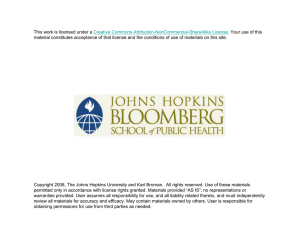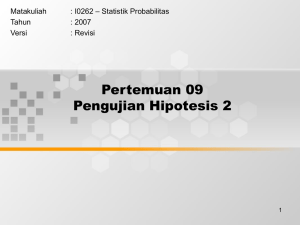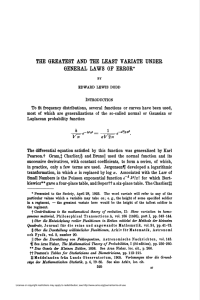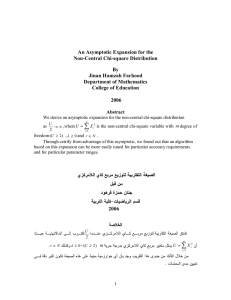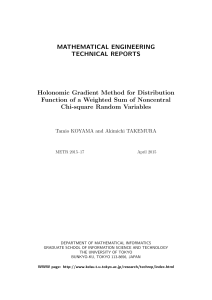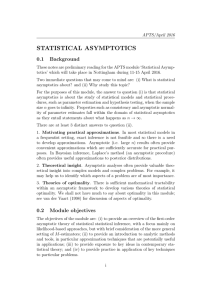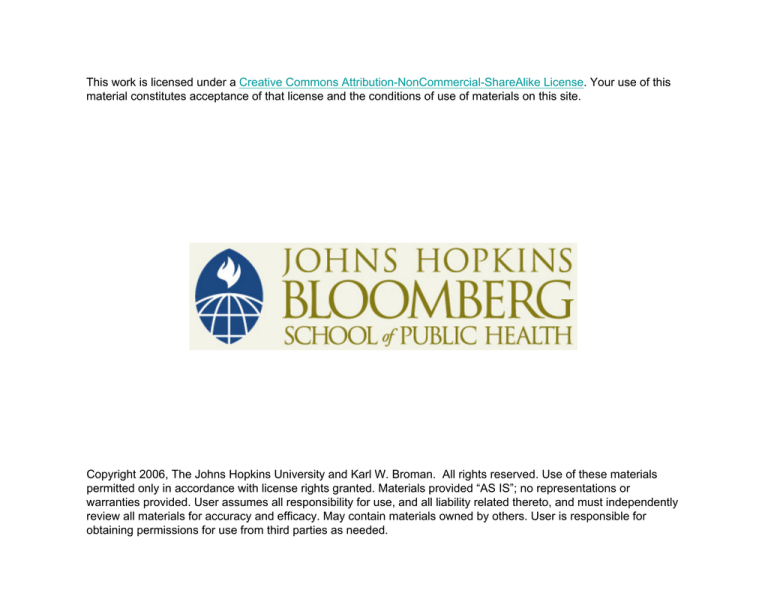
This work is licensed under a Creative Commons Attribution-NonCommercial-ShareAlike License. Your use of this
material constitutes acceptance of that license and the conditions of use of materials on this site.
Copyright 2006, The Johns Hopkins University and Karl W. Broman. All rights reserved. Use of these materials
permitted only in accordance with license rights granted. Materials provided “AS IS”; no representations or
warranties provided. User assumes all responsibility for use, and all liability related thereto, and must independently
review all materials for accuracy and efficacy. May contain materials owned by others. User is responsible for
obtaining permissions for use from third parties as needed.
Statistics for laboratory scientists II
Homework problems for lecture 2
1. Consider the data in the following table.
0 1
2
3
4
5
6
7
8 9
98 99 100 89 107 114 100 112 85 96
2. Question: Do these data look like they follow a multinomial
distribution with n=1000 and pi=1/10 for all i? (i.e., do the digits
0-9 look equally likely?)
3. Use R to do the following.
a. Perform a chi-square goodness of fit test, using the
appropriate asymptotic approximation to calculate a Pvalue.
b. Perform a likelihood ratio test for goodness of fit, using the
appropriate asymptotic approximation to calculate a Pvalue.
c. If you are keen, use computer simulation to estimate Pvalues for each of the above
d. What do you conclude?
4. How would things be different if you observed the following table
instead? (Note: the counts are the same, but are in a different
order.)
0
1
2
3
4
5 6 7 8 9
114 112 107 100 100 99 98 96 89 85
[ Main page | 4th term syllabus | R for
Windows ]
Last modified: Tue Mar 28 17:52:12 EST
2006

